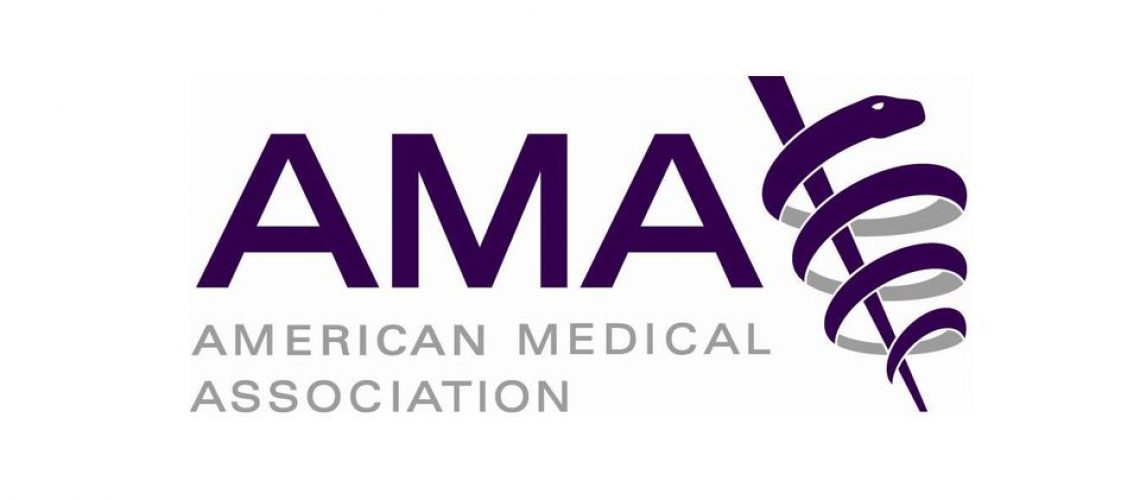Months of high-level discussions regarding reforming Medicare physician payment has culminated in physician lawmakers introducing bipartisan legislation advancing the first leg of the AMA’s three-part strategy for fixing the broken system.
The “Strengthening Medicare for Patients and Providers Act,” H.R. 2474, would provide automatic updates to physician Medicare payment rates and link them to inflation. The bill was introduced by California Democratic Reps. Raul Ruiz, MD, and Ami Bera, MD, along with Republicans Larry Bucshon, MD, of Indiana, and Mariannette Miller-Meeks, MD, of Iowa.
Linking updates to the Medicare Economic Index is “the cornerstone of building a sustainable payment system that could continue to guarantee access to quality care for beneficiaries,” AMA Senior Vice President of Advocacy Todd Askew said in a recent episode of “AMA Update.”
“Stability is really key to moving the Medicare physician payment system reform forward,” Askew added.
When adjusted for inflation, physician payments have dropped 26% (PDF) from 2001 to 2023, capped off most recently by a 2% pay cut for 2023. Increasingly thin operating margins disproportionately affect small, independent and rural physician practices, as well as doctors delivering care to patients who are economically marginalized and those from historically marginalized racial and ethnic groups.
Medicine united in support
Nearly 120 physician associations and health care-related organizations joined the AMA in a letter to the physicians in Congress supporting their legislation.
The bill’s introduction follows a Medicare Payment Advisory Commission (MedPAC) recommendation that Congress increase 2024 Medicare physician payments above current law by linking the payment update to the Medical Economic Index. Meanwhile, the Medicare Trustees Report issued a report last month saying that lawmakers should “expect access to Medicare-participating physicians to become a significant issue in the long term” unless Congress takes steps to bolster the payment system, the joint letter notes.
“Organized medicine is united in support of a long-term payment solution that centers on annual inflationary updates,” the letter adds.
Other reforms needed
Along with linking automatic updates to the Medicare Economic Index, the AMA advocates adjustments to Medicare budget-neutrality triggers and for reforming the Merit-based Incentive Payment System (MIPS) and making more alternative payment models (APMs) available for practices to participate in.
The Omnibus Budget Reconciliation Act of 1989 mandates that any estimated increases of $20 million or more to the Medicare physician payment schedule—created by upward payment adjustments or the addition of new procedures or services—need to be offset by cuts elsewhere.
“It’s time to update that number,” Askew said. “We think $100 million is a reasonable number before Medicare needs to trigger those cuts.”
He also noted that cuts created by overestimating the cost of new services are never readjusted. The Centers for Medicare & Medicaid Services (CMS) “will assume that a new code or an increase to a code will generate a lot more spending than it actually does,” Askew explained.
“Cuts are then made to every other code, but then that increase never materializes,” he added. “So those dollars that they cut from everybody else never get put back in the system.”
Askew described MIPS and the APM program as confusing, not well aligned with each other, and having quality measures that are not clinically relevant.
“What we want to do is have a more precise, relevant system that is not so burdensome for physicians to participate in,” he said. That is “the third leg of the stool that is the overall reform package that we hope will come together for Medicare payments.”
In response to advocacy from the AMA and others about the ongoing impact of the COVID-19 pandemic, CMS will continue to allow physicians and group practices to apply for a MIPS Extreme and Uncontrollable Circumstances hardship exception to avoid up to a 9% MIPS penalty in 2025 based on 2023 performance. Learn more.
Askew urged doctors to visit the AMA Physicians Grassroots Network website to learn about advocacy opportunities.
Lawmakers “need to hear from physicians in their community about how important it is that we build some stability into the Medicare physician payment system,” Askew said. “They need to understand what type of decisions practices have had to make because of the instability, because of this stagnant pool of resources that really hasn’t grown very much, in terms of annual updates, over the last 20-plus years.”
——————————————————
Photo courtesy of: AMA
Originally Published On: AMA
Follow Medical Coding Pro on Twitter: www.Twitter.com/CodingPro1
Like Us On Facebook: www.Facebook.com/MedicalCodingPro







